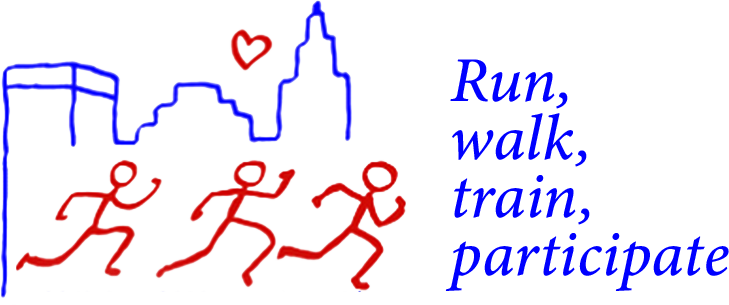In November 2021 I suffered an ankle injury that left me unable to run for seven months. My return to running was slow and flat to protect my ankle ligaments. Fast forward to February of 2023 and, naturally, I put my name in for the Mount Washington Road Race (MWRR) lottery. Yes, that Mount Washington Road Race: 7.6 miles, 4,650 vertical feet, 22% max grade, average grade of 12.5%. But only one hill.
I ran competitively in high school and college. Since then, I’ve tried to reclaim those glory days, jumping into races from 200m on the track through the marathon. Tempo and track workouts pepper my training log. But too often I was joined by ghosts of Teddy past, the race times and workout times of the past haunting me.
Getting into MWRR turned out to be one of the best things to happen to me.
1. I had a goal, and I was able to train with purpose.
2. My goal was uncharted territory. I’d never done a mountain race. I had no comparable experience. This was not a bad thing. This became freeing. I didn’t have to think about past race or workout times. I had a blank slate to work with and could enjoy running without the baggage of past performances.
3. I found a community of runners eager to help mentor a new mountain runner; runners in RMHCNE Providence Running Club and runners from many local Rhode Island and Massachusetts clubs. Friends of friends of friends who heard about my MWRR attempt reached out to share training and race tips. Where track and road racing can feel ultra-competitive with training secrets guarded, in the mountain, ultra, and trail communities, a different vibe, a vibe of collaboration, definitely exists.
4. I found a safer way to log miles. Yes, hills make you faster. Yes, hills really stink and feel really hard when you run up them. But hills are easier on your legs. For an injury-prone runner, this was a real benefit. Running uphill can reduce the risk of certain common running injuries, such as shin splints and knee pain because it recruits large muscles like the glutes and hamstrings and reduces the pounding impact and load on your bones and joints. The ground is literally closer to you when you stride, and you aren’t just repeating the same foot strike that you do every mile of every run every day of every week of every month that you run.
5. I found some cool new places to run. Where are the 12% hills in Rhode Island? There is not an app for that. But, through other runners and my own research, I found amazing places in Cumberland, Exeter, and West Greenwich to do a quarter mile to a mile uphill.
My workout regimen was fairly straightforward. One day a week I focused on hills. This progressed from short and steep hills like on the East Side to repeats up Mount Wachusett and long treadmill climbs. My peak workout was a 5m treadmill run climbing 3,000ft. I learned that running downhill is hard and hard on the body. My knees struggled to withstand the “down” segments of repeats, so I moved to the treadmill midway through my training. While many of us have disdain for the treadmill, it really is a magical training tool when you want to go up but not down! The other valuable training tool was other mountain races.
In truth, MWRR was my second mountain race because about three weeks prior I ran the Wachusett Hill Race as a prep race. You can learn more about the USATF New England Mountain Running Circuit in the program’s companion mountain running article. The club is ready to support members interested in training for their next mountain race.
